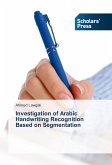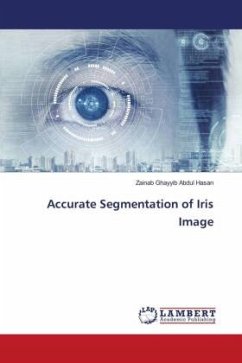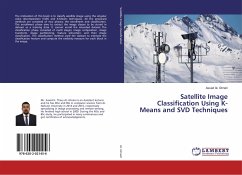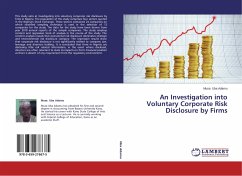Image segmentation is the process of dividing an image into meaningful objects. Fuzzy connectedness (FC) based methods usually give robust segmentation results. However, most of these methods suffer from the weakness of "leaking through poorly defined boundary segments". One of these methods is the absolute or generalized fuzzy connectivity (GFC) method which has an additional weakness about determining the optimal threshold of the fuzzy connectedness scene. This threshold is usually selected manually rather than being automated. In this proposal, we introduce an algorithm based on GFC method that utilizes both fuzzy connectedness- and boundary-based information inheriting the strength qualities of them both, since they depend on different characteristics, in order to alleviate the previous weaknesses. This algorithm uses an affinity of FC that utilizes both region and boundary-based information. Moreover, it proposes an automatic selection procedure of the threshold parameter. An experiment is performed to quantitatively evaluate the proposed algorithm over a simulated data set of scenes.








